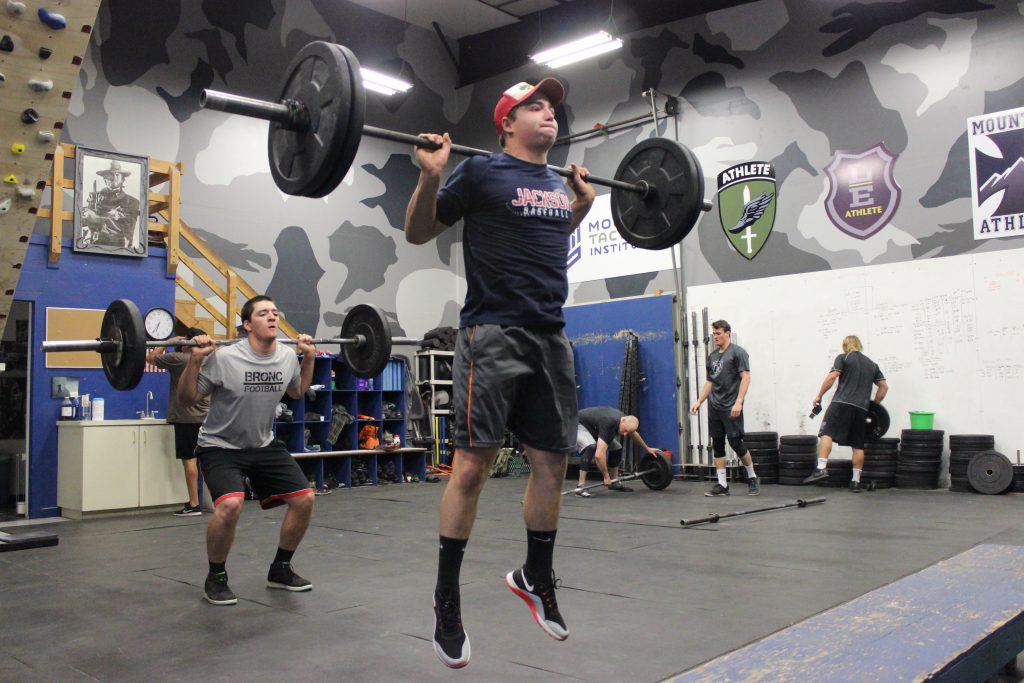Even if this is not a complex but some kind of intensification method, what do you think (very open question) about the'Darden 30-10-30' in the link below:
Stuck at home? Here's how to whip up some homemade gains with eight advanced training methods.

www.t-nation.com
Kind regards,
Getting Jacked
Thibaudeau is one of the best in the field.
This "Getting Jacked" method is body weight Hypertrophy Training.
With that said, let's break down...
Traditional Hypertrophy Training/Bodybuilding
This is produced with 8 repetitions or more, for multiple sets, with short rest periods taken between sets.
This protocol produces...
"The Pump"
Blood flows (arterial blood flow) from the heart to the muscles being worked.
The muscle contraction then traps the blood in the muscle being worked.
The traps blood in the muscles; venous blood flow from the muscles back to the heart is restricted.
This balloons up the muscles producing an increase in...
Lactate
Lactate creates "The Burn"
Lactate triggers the downstream anabolic, muscle building effect.
"Accumulation of Metabolites (lactic acid > acidic environment > GH secretion)"
Source: Dr Jeremy Loenneke , "Practical Occlusion Training"
Thus, Traditional Hypertrophy Training/Bodybuilding is another form of Occlusion Training.
This bring us back to your question on...
'Darden 30-10-30'
This method, as well as the others prescribed in the article, fall into Hypertrophy Training.
The Long Eccentric in the 'Darden 30-10-30' movement as well as a Long Isometric Action evokes a similar effects that Hypertrophy Training and Occlusion Training do; it traps blood in the muscles, restricting blood flow back to the heart.
Garden Hose Example
Think of a Long Eccentric or Isometric Action like turning on a garden hose.
The water is flowing out of it.
You then crimp down on the hose, bending it so that only a little water flows out of it.
The water pressure build in the hose. So, when you release it, more water flows out of the hose.
In Long Eccentric or Isometric Action once you stop, the same occurs (as in the garden hose) an increase in blood flow to the muscles.
Performing Repetition After An Eccentric Or Isometric
Once the Long Eccentric or Isometric Action is completed, you perform multiple repetition in the exercise.
Performing Repetition after a Long Eccentric or Isometric Action floods the muscle with even more blood.
Ice and Heat Example
Think of the as a Long Eccentric or Isometric Action like applying ice to muscles; it restricts blood flow. Blood flow is dammed up.
After let's say after 20 minutes, you take the ice off and apply heat a heating pad.
The heat dramatically increase blood flow to the muscles (as in the garden hose example); the same occurs when you preform repetitions after a Long Eccentric or Isometric Action.



